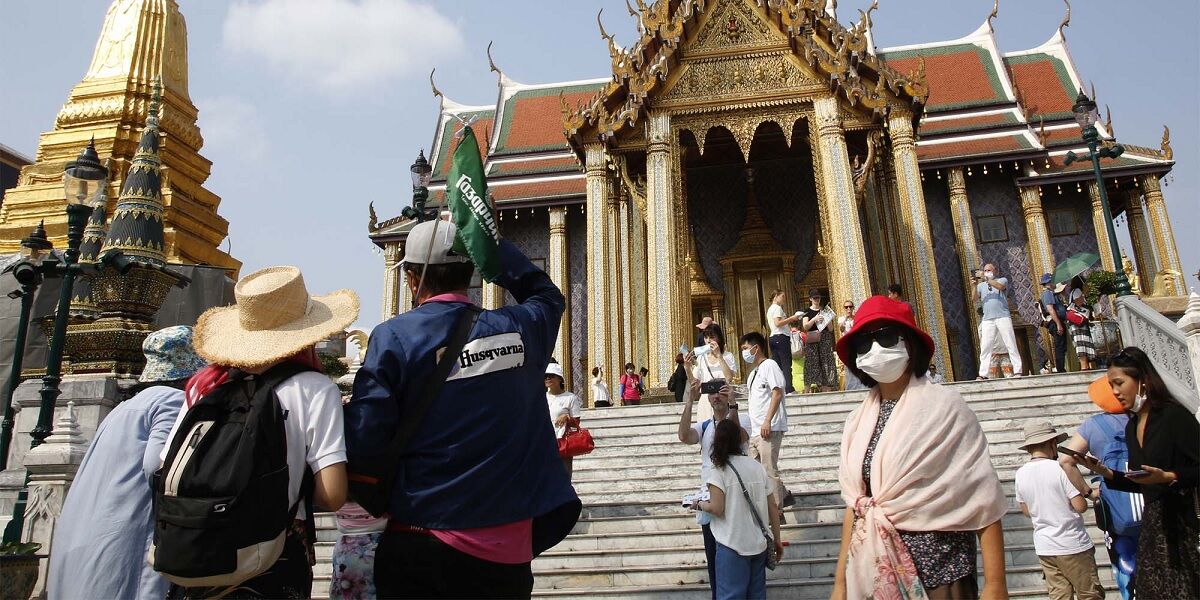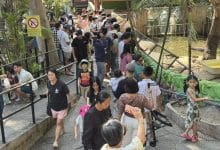Pandemic sparks faith tourism pilgrimage as seekers find peace in Thailand’s temples

Following the pandemic, a rise in faith tourism as a search for peace and tranquillity has been observed. Temples and sacred spots across Thailand have seen an increase in visitors, and the donation boxes are filling rapidly.
Future Markets Insight reported that worldwide, faith-based tourism was worth US$13.7 billion in 2022 and is expected to reach US$40.9 billion in 2033. The Tourism Authority of Thailand (TAT) anticipates superstition tourism in the country to be worth 15 billion baht in 2023, a significant increase from 10.8 billion in 2019.
In the previous year, TAT initiated a special campaign promoting faith destinations across 12 routes in Thailand, targeting both local and international tourists. The agency plans to continue promoting this segment this year to assist tourism operators in capitalising on the growing demand, said Buranakan Chatupornpaisan, Association of Domestic Travel (ADT) Vice-President.
“The global pandemic left many people feeling hopeless about their health and wealth. Some turned to spiritual and religious belief for an anchor.”
Buranakan believes that faith tourism components, such as religious attractions or amulets, can be seen as a form of soft power. He further explains that every community or region has its unique stories. For instance, the Erawan Shrine in Bangkok is widely worshipped by foreign tourists, and Samut Songkhram is home to the god of wealth, the Thao Wessuwan worship statue.
Somradee Chitchong, TAT Domestic Marketing Deputy Governor, highlighted faith tourism as an opportunity for agents to increase domestic trips as it isn’t susceptible to seasonality and potential destinations are spread across all regions.
Pornpimol Kungwantrakul, Tourism Council President of Udon Thani, said faith tourism is a primary driver for the province. Each year, around 30-40% of visitors to the province visit faith attractions, such as Kham Chanod, a temple where nagas are believed to reside.
Transport Facilities
As faith tourism demand grows, the authorities should consider investing in developing the supply side to seize the fortune-seeker segment and increase tourism income, she stated. These efforts should include developing quality transport facilities, sufficient foreign language signs and learning centres at sites, as well as improving local staff skills at each attraction.
The ancient capital of Ayutthaya, which has hundreds of temples, remains a focal point for nine-temple tours. Chongwiwat Tantisayanan, owner of Ayutthaya Boat Trip, is confident that Ayutthaya will continue to attract Thai tourists.
Chotechuang Soorangura, Thai Travel Agents Association (TTAA) Vice President, said faith tourism packages have recovered to 60% of the 2019 level. The slow resumption was attributed to fewer Myanmar tour packages as political turmoil there created safety concerns among tourists. However, destinations such as Hong Kong, Macau and Taiwan have been recovering as flight frequency resumes, reported Bangkok Post.
Latest Thailand News
Follow The Thaiger on Google News:


























